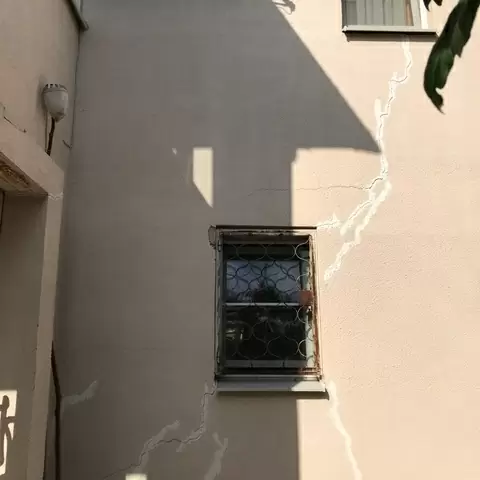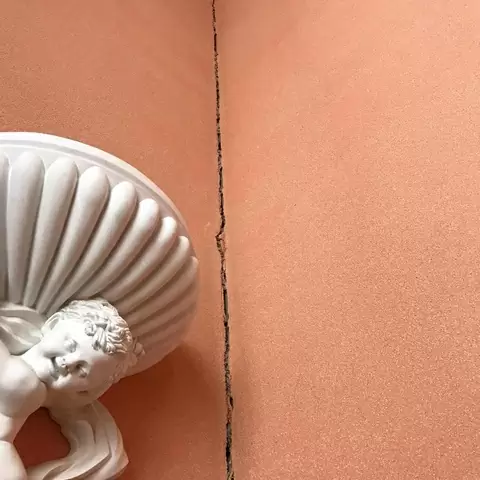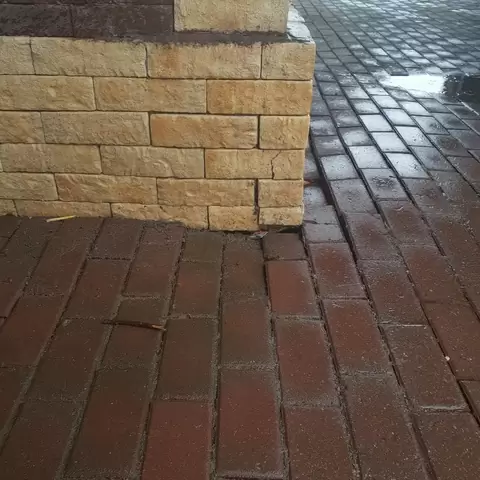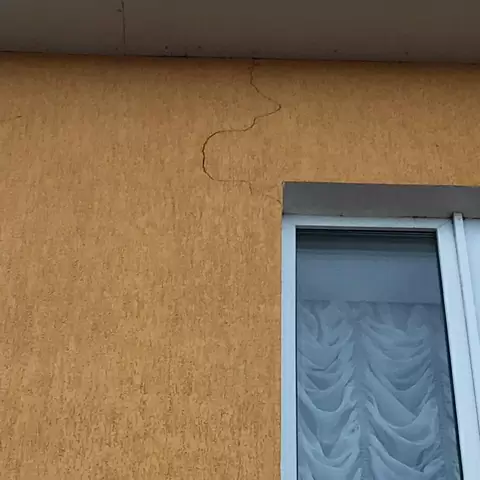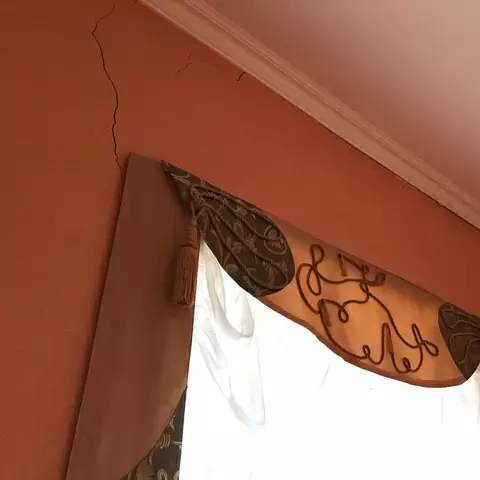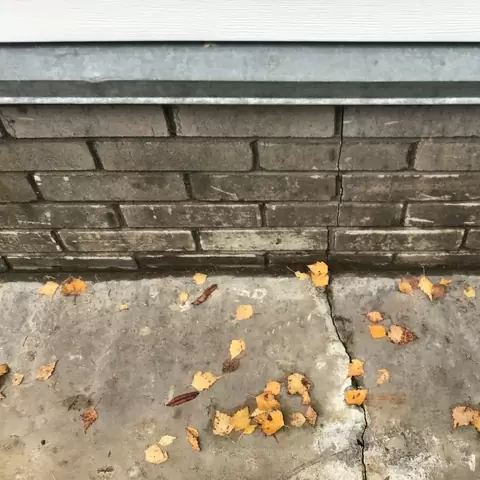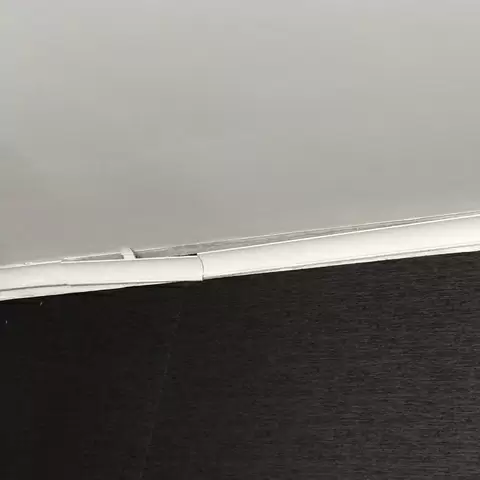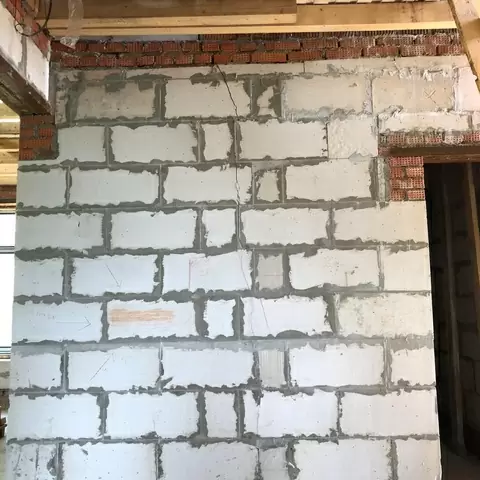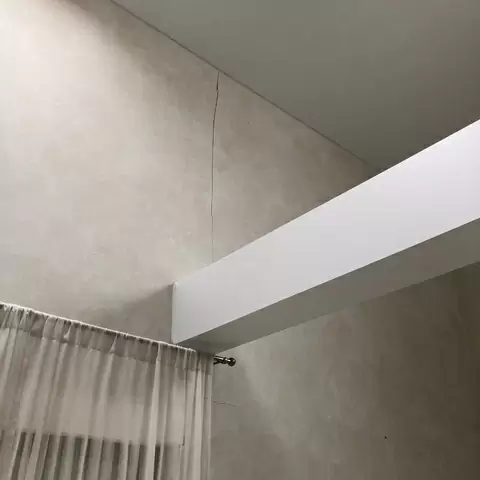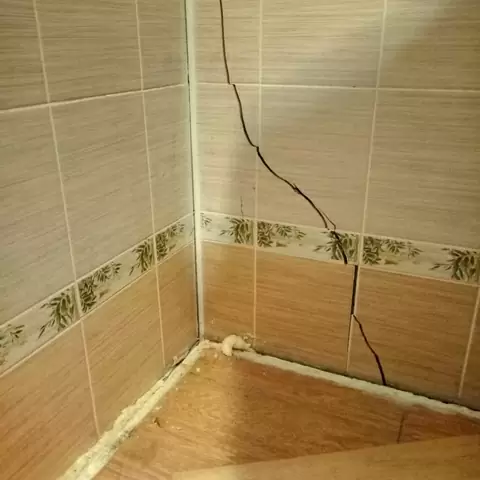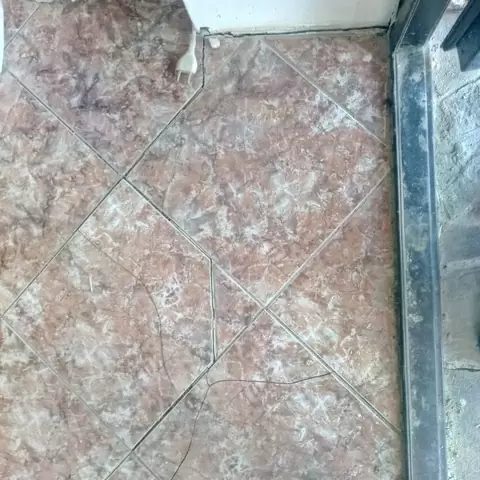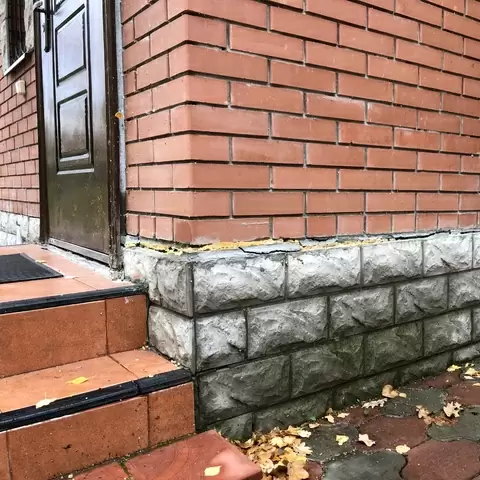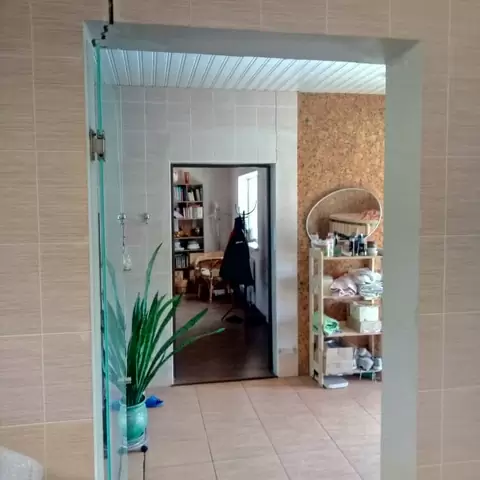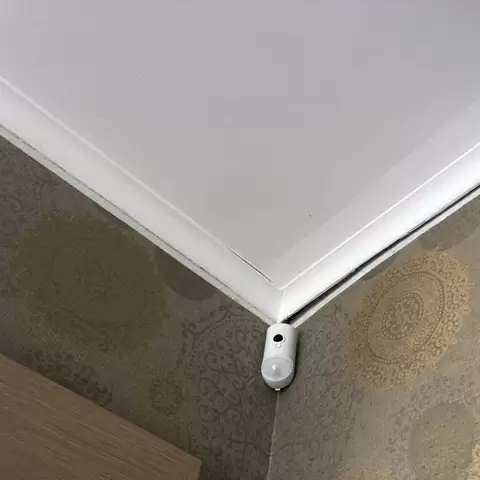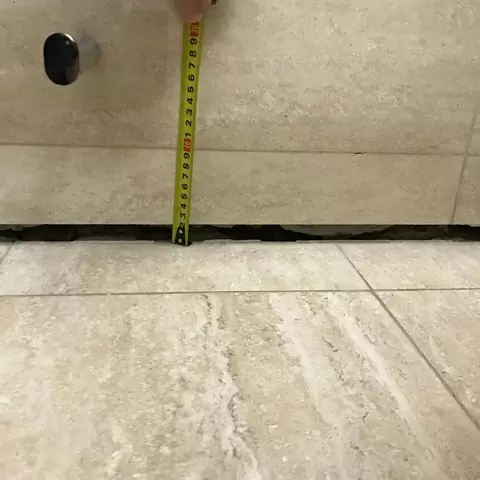WHAT CAUSES VOIDS AND DIPS? WHAT DOES IT LOOK LIKE IN PRACTICE? REVEALING THE NATURE AND MECHANISM OF THE PHENOMENON
Construction or excavation work, the laying of utilities as well as the classic phenomenon of rock excavation or underground tunnels can affect the stability or carrying capacity of the surrounding ground layers, leading to voids and potential dips.
Groundwater
When groundwater flows underground, soils beneath the surface layer can slowly erode or leach out, causing voids to form. Over time, the underground void grows, causing the surface soil layers to gradually become thinner and extend further and eventually collapse. In areas where the ground beneath the surface layer of soil consists of limestone, which dissolves easily, sinkholes are more common.
Rains
Heavy rains, floods, leaks, or burst drain pipes can cause excess water to flow through the ground, washing out fine particles and forming cavities, also potentially causing a sinkhole.
Man-made accidents
Depreciable funds of engineering networks and infrastructure that are not adequately monitored and updated carry potential dangers of bursts and the formation of voids and cavities that are not visible from the outside.
Pay attention to these potential warning signs that could be a sign of a sinkhole formation:
- · cracks forming in the ground;
- · obscure gaps or sinkholes in the ground;
- · trees or fence posts that tilt or fall;
- · the rapid appearance of a hole in the ground.

